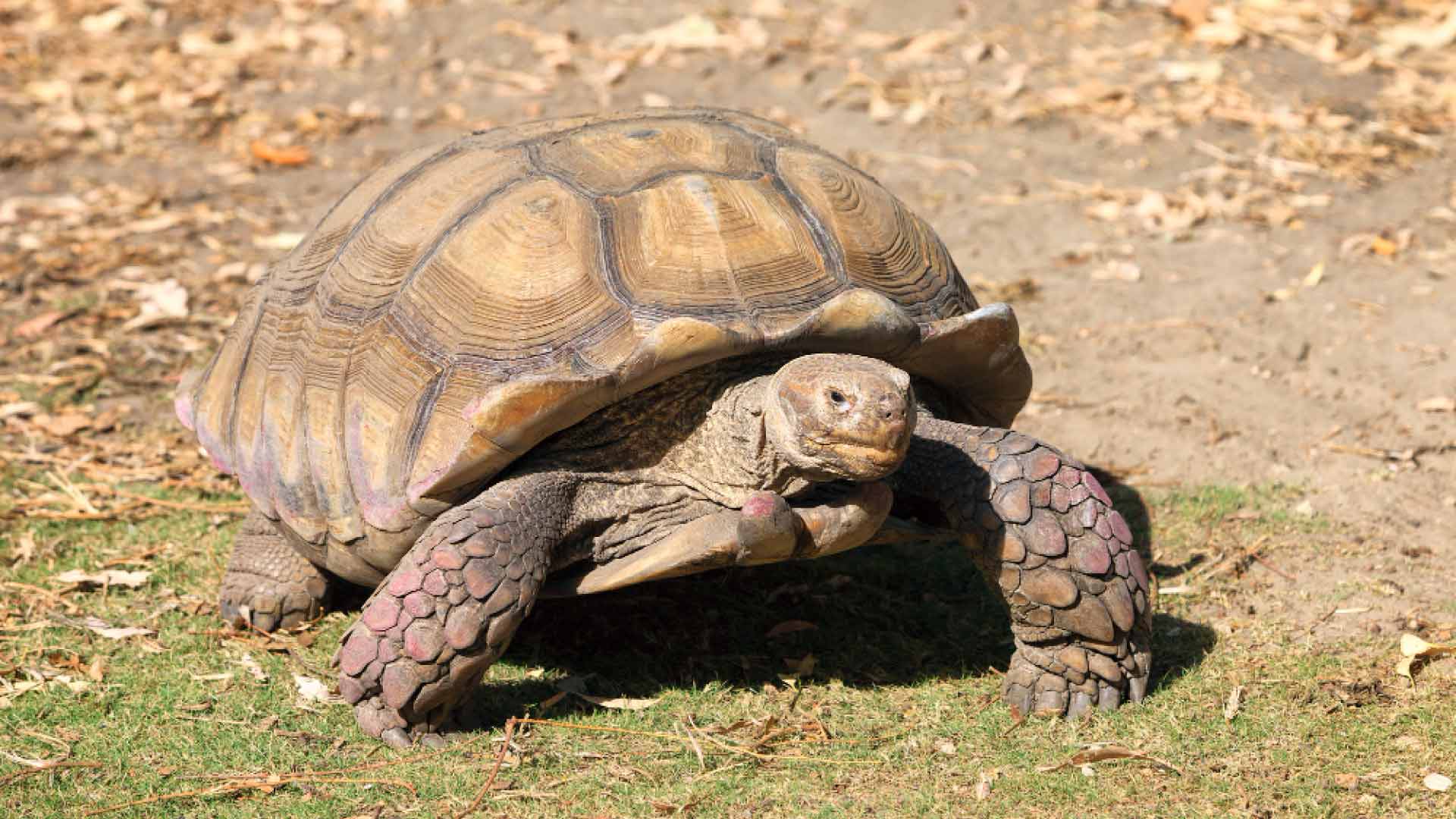This week I’m going to show you the tank set up of Arthur one of our horsefield tortoises.
Horsefield tortoise
The horsefield tortoise is a common reptile found in the pet trade, mainly because of the manageable size they grow to as well as their character! They definitely don’t deserve the title of “Pet rocks” and can be extremely entertaining to watch! They are native to central Asia and can live up to an impressive 75 years; definitely another factor that adds to their popularity but at the same time makes them a huge commitment.
Step 1 – Picking your enclosure
There are various options when it comes to what enclosure you house your tortoise in. The most popular being a tortoise table, this is because they tend to be rather aesthetically pleasing as well as offering the airflow that a tortoise needs. Tortoises need heat but don’t thrive well in a very humid area which is why vivarium’s are not recommended. Whilst tortoise tables are the more favoured option among many, they can be on the more expensive side; as well as being inconvenient to people who own other pets.
A cheaper alternative that eliminates these issues is to use a rabbit cage. The airflow remains the same due to the large gaps between the wires, whilst providing protection for your tortoise from other pets. In this tutorial I am using a 120cm long rabbit cage.
Step 2 – Lighting

Like our last two set-up blogs reptiles as well as amphibians are also susceptible to metabolic bone disease, for this reason tortoises need a light that emits heat as well as UVB. Horsefield tortoises require a basking area of just over 30oC. A mercury vapour lamp is the best to go for, you can decide which brand you go for based on budget and your own research. I use the Arcadia D3 UV basking lamp 100W, as it is a good price.
Step 3 – Substrate
Cover the bottom of your enclosure with a generous amount of topsoil. This should be fully replaced monthly and turned over weekly.
Step 4 – Hides
Horsefield tortoises spend a lot of their day sleeping, even more so when they are young. For this reason its good to provide them
with lots of different places to sleep so that they can change it up from time to time. They also tend to bury themselves beneath the soil when they sleep, so don’t be alarmed if you think your tortoise has escaped, they will most likely be fast asleep under the soil!
Step 5 – Decoration

Tortoises love colour, purchasing vibrantly colour fake plants to place around the enclosure offers enrichment to your tortoise as they try to dig them up and bury underneath them. If you want to use live plants make sure you check they are safe for your tortoise to eat first.
Step 6 – Food and water
Place a shallow bowl for food and a ceramic shallow dish for water in your tank, Bury the bowls under the soil so that they are level, this will help your tortoise to get in and out of them easily. Tortoises also need cuttlefish to keep their shells healthy and strong, always make sure there is some available in your tortoise’s cage.
Step 7 – Optional extras
I also added pebbles and small marbles around my enclosure as extra textures to my cage and to make it look more eye pleasing. As well as this I placed a tile in the cage as a cool spot.
All that’s left to do now is to go and get yourself a horsefield tortoise!
Still can’t decide if a tortoise is right for you? Book a session to meet a wide range of animals to help you make up your mind! For more information please contact us via [email protected] or by phone 020 3372 4300!

